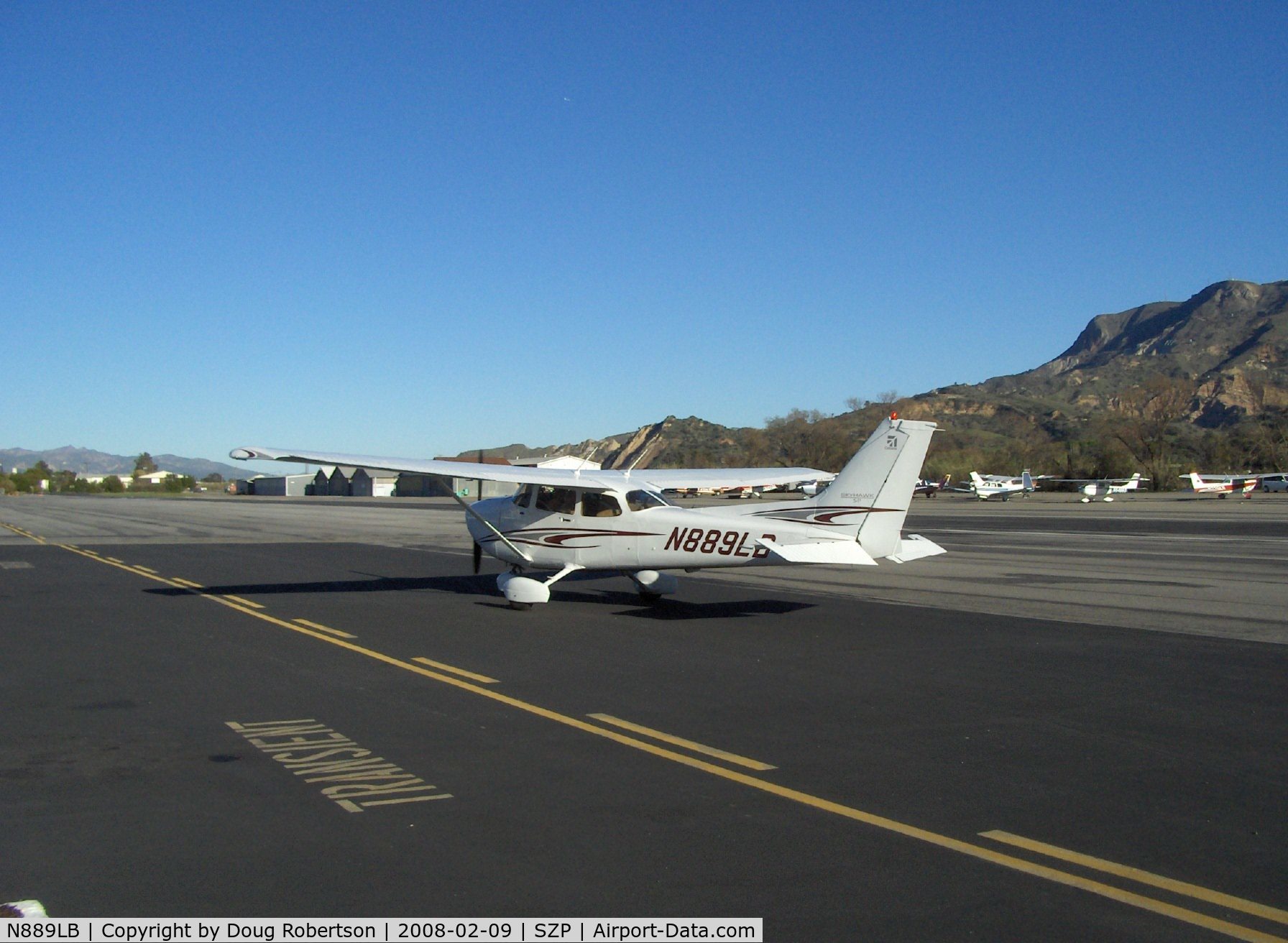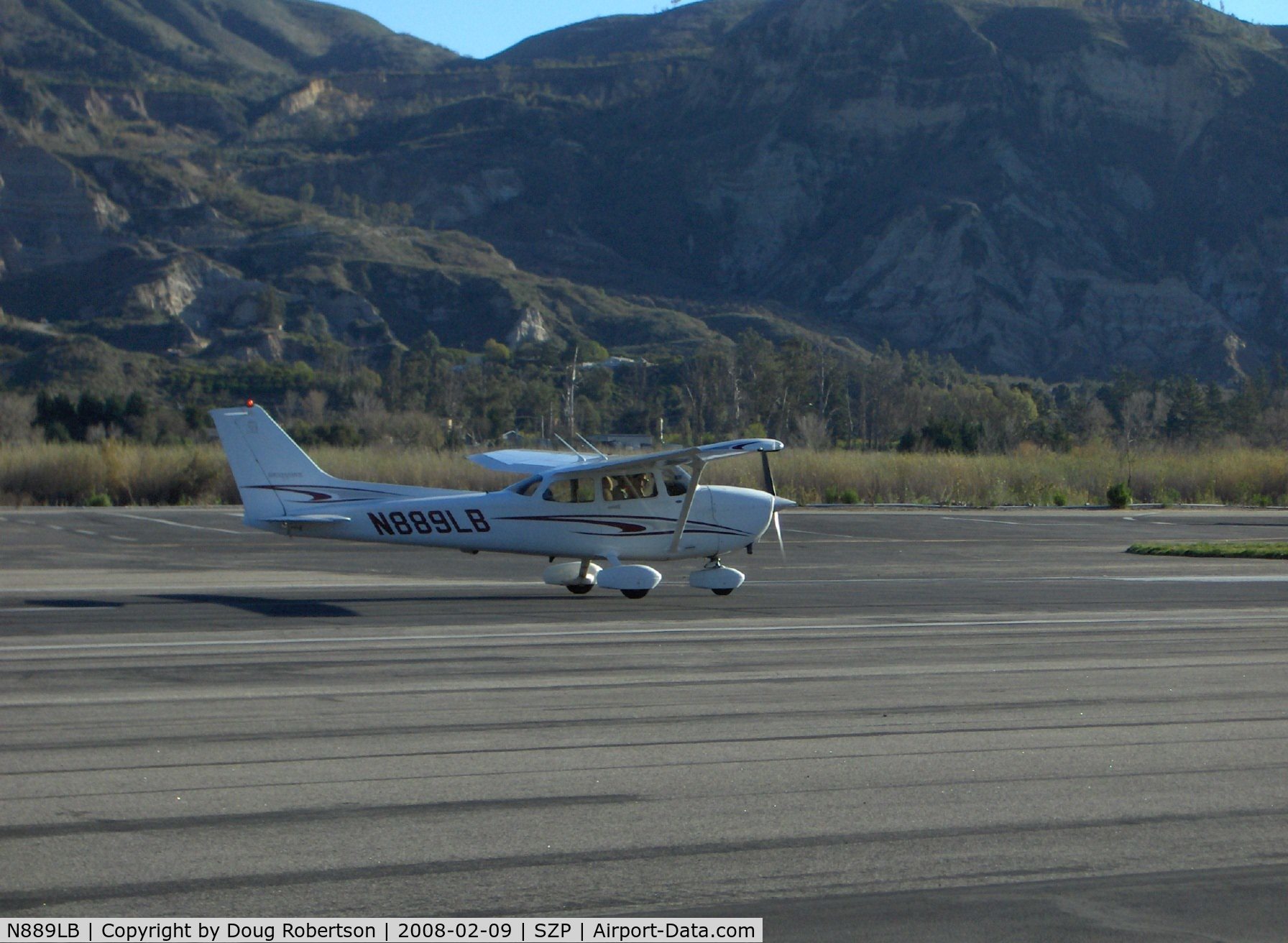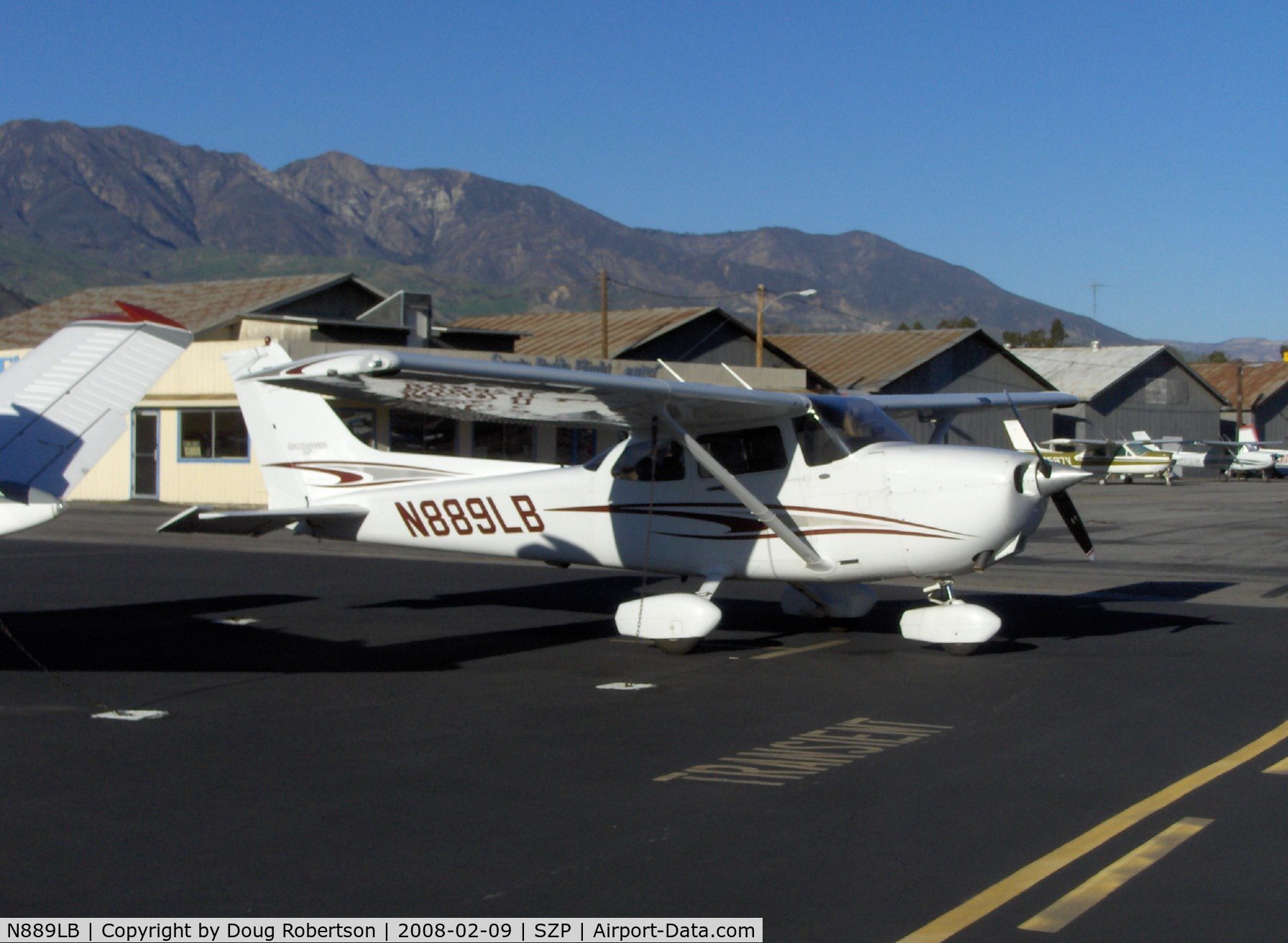Flying is not something one can master by reading a book; it must be practiced, and this is especially true of crosswind landings. Crosswind landings can be one of the most challenging maneuvers for new pilots to master.
In a high wing aircraft, the proper way to line up to the runway is by putting the aircraft into a side slip. This takes a lot of patience and skill. There is no dead-locked position to rest the controls. What's more, as the aircraft loses airspeed, the ailerons become less effective, which means that the pilot must engage them more heavily to get the same effect. A side slip requires a delicate balance between the ailerons and rudder, and both are dependent on airspeed.
 The crab-and-kick method is one way to execute a crosswind landing. However, if you've got a high wing aircraft, you might as well take advantage of it, and utilize the wing-down method. Unlike a low wing aircraft, there is little risk of a wing strike on the runway when you're flying a high wing aircraft, like a Cessna. Also, in direct crosswinds, using the crab-and kick method requires some pretty good guessing. Like guessing exactly how high the plane is at the moment of "kicking."
The crab-and-kick method is one way to execute a crosswind landing. However, if you've got a high wing aircraft, you might as well take advantage of it, and utilize the wing-down method. Unlike a low wing aircraft, there is little risk of a wing strike on the runway when you're flying a high wing aircraft, like a Cessna. Also, in direct crosswinds, using the crab-and kick method requires some pretty good guessing. Like guessing exactly how high the plane is at the moment of "kicking."All good landings start with good pattern work; nice turns, proper control of airspeed, and a steady and controlled descent.
Just like we were all taught during ground school, when you're on downwind, and you get abeam the runway numbers, gently pull the throttle back to around 1500 RPM and put in 10 degrees of flaps. Push the yoke in just a tad to counteract the ballooning effect of the flaps. Try to lose about 250 feet of altitude before you make your turn to the base leg. If you're not losing altitude fast enough, pull the throttle out a little more. Remember, in this type of flight configuration, throttle is for altitude, pitch is for airspeed.
When the runway numbers are at 45 degrees to your rear, begin making your base turn. You should lose another 50 to 75 feet during your turn, which should be easy, because turning the plane adds drag. After you turn base, add another 10 degrees of flaps. Assuming you began at a standard traffic pattern altitude (TPA) of 1000 feet AGL, you should be right around 625 feet at the midway point of your base leg.
You should calculate your turn to final depending on the wind. For crosswind landings, when you're flying the base leg, you'll either have a (quartering to direct) headwind or a (quartering to direct) tailwind. If you have a headwind on your base leg, you'll want to begin your turn to final a little late, because as you turn, the wind will actually push you backward. If you have a tailwind on your base leg, you'll want to begin your turn to final a little early, because the wind will actually push you forward.
Your altitude should be right around 450 to 500 feet when you begin your turn to final, and you should try to lose another 50 feet during the turn. Now comes the tricky part.
WING DOWN TO TOUCHDOWN:
 The wing down method is difficult to learn, because it puts the controls in exactly the opposite position that a pilot is used to during normal flight. During normal flight, when you want to turn, your ailerons and rudder agree. If you want to turn left, you turn the yoke to the left and apply left rudder, vice versa for turning right. This maintains coordinated flight. However, when you put the plane into a side slip, the controls are crisscrossed. If you've got a crosswind coming from your starboard (right) side, you would turn the yoke to the right, "putting the wing down into the wind" while simultaneously applying left rudder. Vice versa for a crosswind coming from your port (left).
The wing down method is difficult to learn, because it puts the controls in exactly the opposite position that a pilot is used to during normal flight. During normal flight, when you want to turn, your ailerons and rudder agree. If you want to turn left, you turn the yoke to the left and apply left rudder, vice versa for turning right. This maintains coordinated flight. However, when you put the plane into a side slip, the controls are crisscrossed. If you've got a crosswind coming from your starboard (right) side, you would turn the yoke to the right, "putting the wing down into the wind" while simultaneously applying left rudder. Vice versa for a crosswind coming from your port (left).Putting the plane into a side slip allows the pilot to fly a straight path, with the nose of the plane pointing forward. The wings will not be level with the ground, but that should not be a problem in a high wing aircraft.
The pilot must gently work the aileron/rudder combination until the plane flies straight. Remember, the ailerons become increasingly less effective as airspeed decreases, so they will need to be more heavily engaged as you approach the runway.
Unless the crosswind is very light, I personally recommend leaving the flaps at 20 degrees, and to keep your airspeed slightly higher than normal. In a Cessna 172, during a normal landing, you should be right around 65 KIAS on your final leg, pulling the throttle out over the runway numbers and touching down right around 55 KIAS. However, for a crosswind landing, you should be about 70 KIAS on your final leg, and you should touch down right around 60 to 65 KIAS.
CRAB-AND-KICK:
When you've got a crosswind, if you want to fly straight, you need to crab. This means that the nose of your plane is pointing to the left or right, but you're flying a straight path over the ground. Crabbing is absolutely normal, and in fact, unless you're flying into a direct headwind, or have a direct tailwind, you'll always have to crab a little bit to get the plane to fly straight. Crabbing during normal flight doesn't present any problems, but when you're trying to land, crabbing can really mess with your confidence. If you maintain your crab all the way to touchdown, you'll likely roll right off the runway and into the grass!
 The crab-and-kick method is exactly what it sounds like; big planes, and low wing aircraft do it all the time. Crab-and-kick involves crabbing the aircraft on the final leg, to right before the moment of touchdown, and then applying rudder in order to straighten out moments before the aircraft's wheels touch the ground. What's the problem? No problem, if you're good. Just know, that as soon as you straighten out (kick) the nose to line it up with the runway, the crosswind is going to push you to the side, so you'd better be touching down real quick, or you'll be landing off the runway. For the big and heavy jetliners, this isn't a huge deal. Their weight and momentum allow them a little more leeway. A lightweight plane like a Cessna 172 is another story. There's a big difference between "kicking" it when you're 15 feet off the ground and "kicking" it when you're 3 feet off the ground. That's why learning the wing down method is so important.
The crab-and-kick method is exactly what it sounds like; big planes, and low wing aircraft do it all the time. Crab-and-kick involves crabbing the aircraft on the final leg, to right before the moment of touchdown, and then applying rudder in order to straighten out moments before the aircraft's wheels touch the ground. What's the problem? No problem, if you're good. Just know, that as soon as you straighten out (kick) the nose to line it up with the runway, the crosswind is going to push you to the side, so you'd better be touching down real quick, or you'll be landing off the runway. For the big and heavy jetliners, this isn't a huge deal. Their weight and momentum allow them a little more leeway. A lightweight plane like a Cessna 172 is another story. There's a big difference between "kicking" it when you're 15 feet off the ground and "kicking" it when you're 3 feet off the ground. That's why learning the wing down method is so important.Above all else, if you find yourself on short final and something isn't going right, never be afraid to initiate a go-around.
Now, just wait for the next time you have crosswind conditions at your favorite airport and go do 785 touch-and-goes. You'll be a master crosswind lander in no time!
















No comments:
Post a Comment